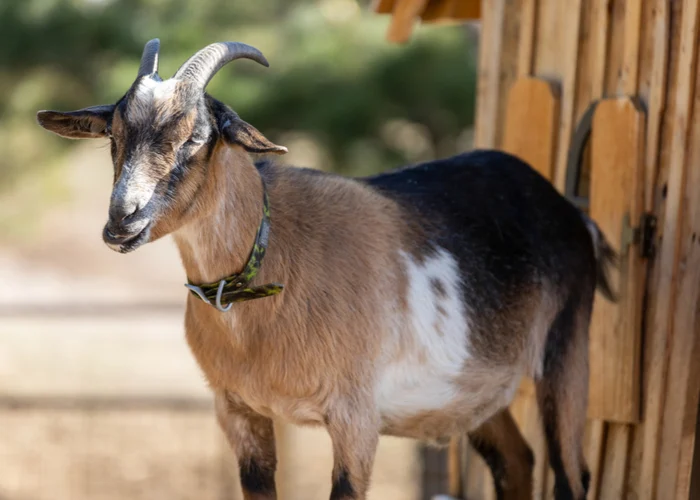
Description:
It is a little but lovely breed, and both sexes have horns and stylish goat-like beards. Whereas the horns of the does, or “nannies,” are shorter, rounder, and curve backward over the head, those of the bucks, or “billies,” are flattened and wide-sweeping.
All Arapawa goats have long, narrow faces with unusual patterns; these facial markings serve as identifying characteristics of the Arapawa breed. The small, expressive ears are located in the top portion of the skull.

Behavior:
The non-aggressive Arapawa breed makes a superior family dairy and meat goat if it is treated from an early age.
If treated tenderly from an early age, these goats, which are initially alert and apprehensive, develop into pleasant members of the family. Active, appropriate for foraging and range-finding; otherwise, opportunities for exercise must be supplied. They are adapted to cold weather and are hardy and self-sufficient in their natural environment.
Benefits/Uses:
These goats are a breed of goat that can be used for both milk production and meat production.
Origin/History:
Domestic goats of the Arapawa breed were brought to New Zealand by European explorers or colonists as early as the 1600s. The breed was first isolated to the untamed island of Arapawa, which is located at the summit of New Zealand’s South Island.
Keeping as Pet:
- Housing
In order to protect the house against flooding, the house should be built at a higher elevation. Also, the farm’s floor needs to be dry. The farm’s drainage system ought to work well. The goat house needs to be clean and dry. Goat farm needs proper ventilation.
Table





